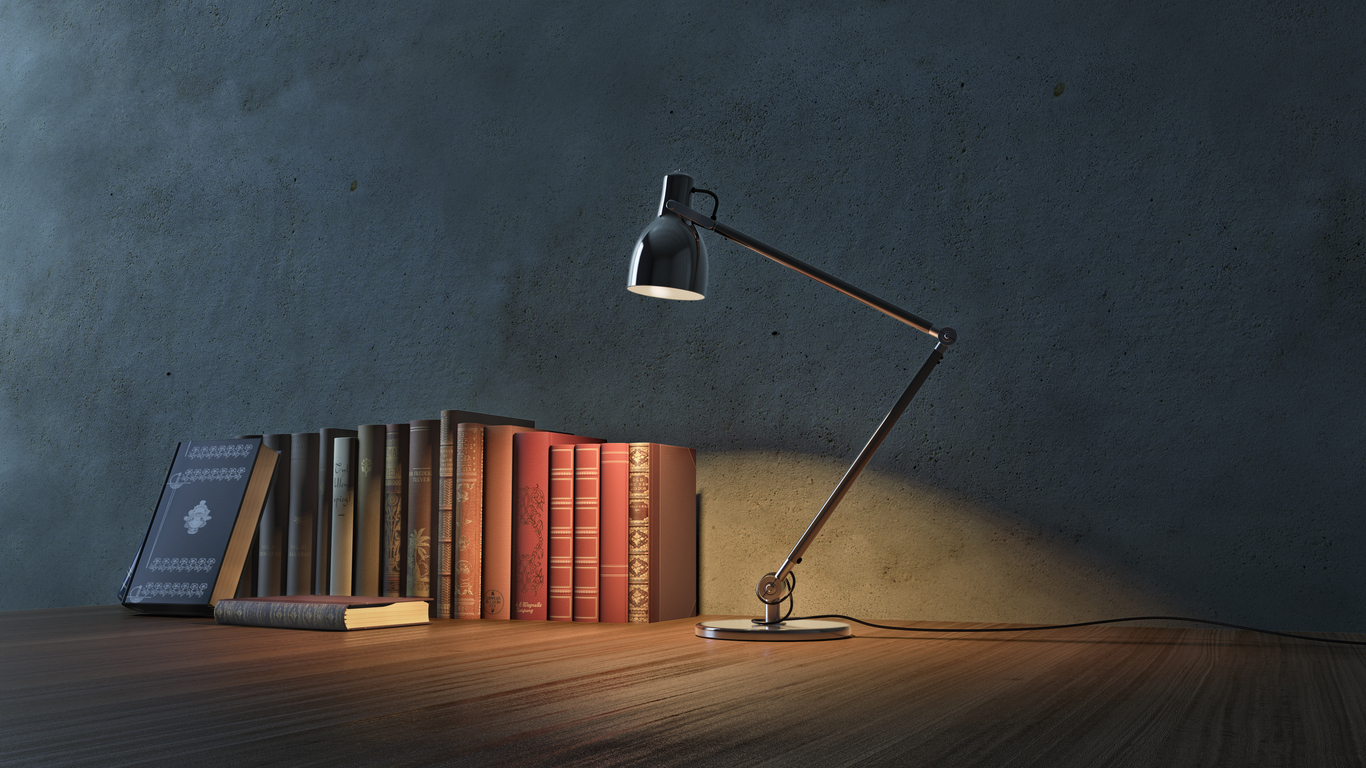—Nina Pierpont, MD, PhD
There is so much talk about children with Attention Deficit Hyperactivity Disorder (ADHD). Does it exist or not? How do you figure out if a child has it? Does everyone need a medicine? What else can be done, besides medicine?
I will address these questions in several articles, from the point of view of a pediatrician who, faced daily with these questions from parents, took several years away from general practice to explore them.
There is “real” ADHD, but there are also a lot of look-alikes. “Real” ADHD is considered to be biological, brain-based, and about 80% hereditary. Some of it resolves when a child reaches the teen years and some continues into adulthood.
The problem, though, is that children can be overactive, inattentive, scattered, dreamy, aggressive, argumentative, or non-compliant for other reasons besides ADHD. They don’t all have ADHD, though ADHD is on the list of possibilities for these symptoms.
Once a parent decides to consult a doctor, the first step may be a checklist for parents and teacher. The current one, called the Vanderbilt, asks the parent and teacher to judge the child according to the medical (“DSM-IV”) criteria for ADHD. The questions ask about the child’s activity, organization, focus, and impulsivity, and also ask about oppositional or defiant behaviors, anxiety, and really bad or aggressive behaviors, called conduct problems.
To make a diagnosis of ADHD the symptoms need to occur in several settings and to have started before the age of 7. There may be several things going on at once, such as a specific learning disability plus ADHD, or troubling oppositional behaviors with underlying ADHD.
All this is very much focused on the child, but children don’t live in a vacuum. They come as parts of families—families which may be united or broken, families made up of people with their own histories and their own personalities they have brought to the raising of this child from day one. This is where things get complicated, because children can look just like they have ADHD because they have been traumatized by the loss of a parent or family disruption, such as divorce, or because they have been abused (perhaps without telling anyone), or because they are struggling to get the attention of a depressed parent. A learning disability can look like ADHD or exist together with ADHD. So, more knowledge of the child and family is needed, as well as information from school assessments of intelligence and learning.
Young children, age two to five, are the hardest to figure out, in part because normal development is so variable at this age. Biologic problems of the child’s, such as learning disabilities or autism, may appear at this age. Parenting style—how much structure, nurture, time, attention, playfulness, and challenge a parent brings to a family—is critical to how young children feel and behave, and to their growing ability to think and learn.
Babies and young children learn to regulate their internal state—sleep, activity, emotions, and thinking—through attuned, mirroring interactions with their close attachment figures (mom and dad, or the people acting as mom and dad). All that smiling, cooing, and gazing into eyes that mothers love to do with their babies, and the games, carrying, and tickling that dads do as the babies get bigger, is not just fun, but vitally important to the baby’s development. Attuned attachment itself creates self-regulation in the child through the growth of specific brain centers.
The brain and mind are really amazing this way. Most brain growth occurs before the age of 2: by age two the average head circumference is already 88% of what it will be at age 18. Brain development is controlled not only by genes, but by the environment, and the critical environment for a brain is not only physical things like food and oxygen, but also the emotions, thoughts, and interactions coming from the people around the child.
One of the first things a baby learns to do, through the attuned, responsive interactions with his parents, is to organize his internal state, so that he can be happy and excited, or calm and sleepy, or alert and attentive when he needs to, and can communicate his discomfort and become happy again when it is relieved. This is the beginning of self-regulation—the self-regulation which will ultimately let the child hold back from hitting his sister, get over it easily when told “no,” not give up when frustrated, and organize his activities.
In sum, ADHD is more than anything else a difficulty with self-regulation. And there appear to be multiple paths by which a child can get to this point.
Next time I will talk about ADHD in older children, and what kinds of thinking patterns we see.
